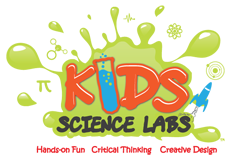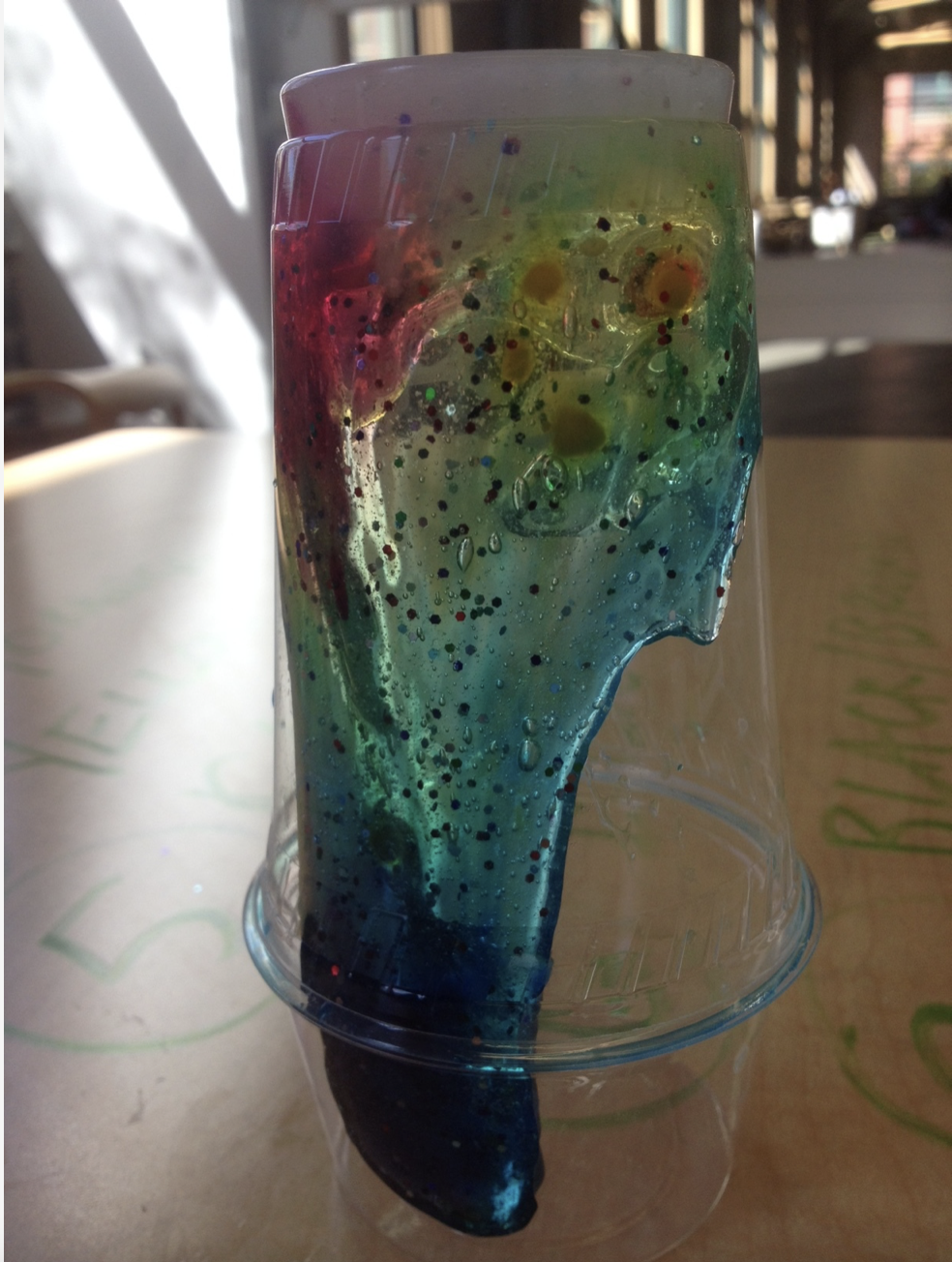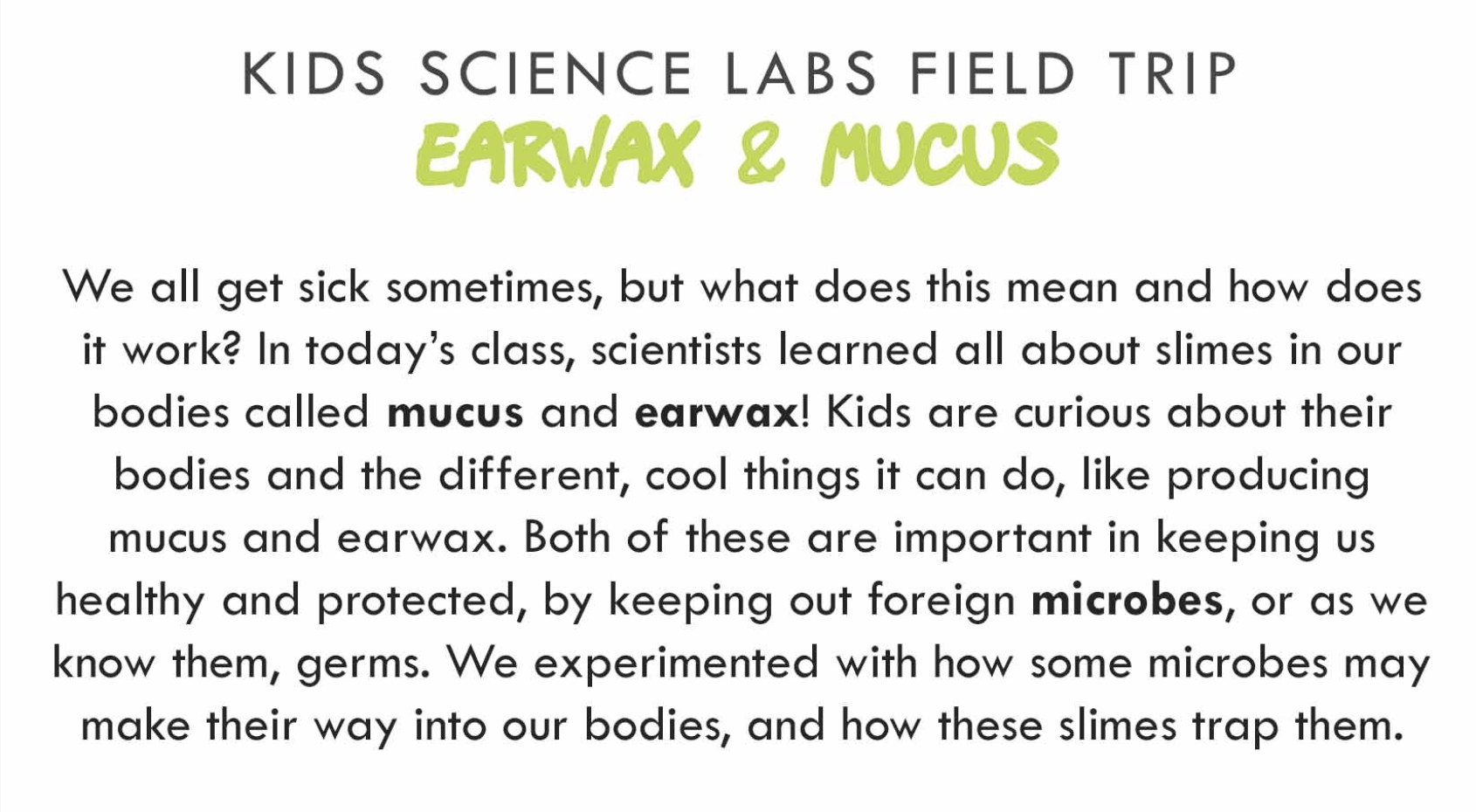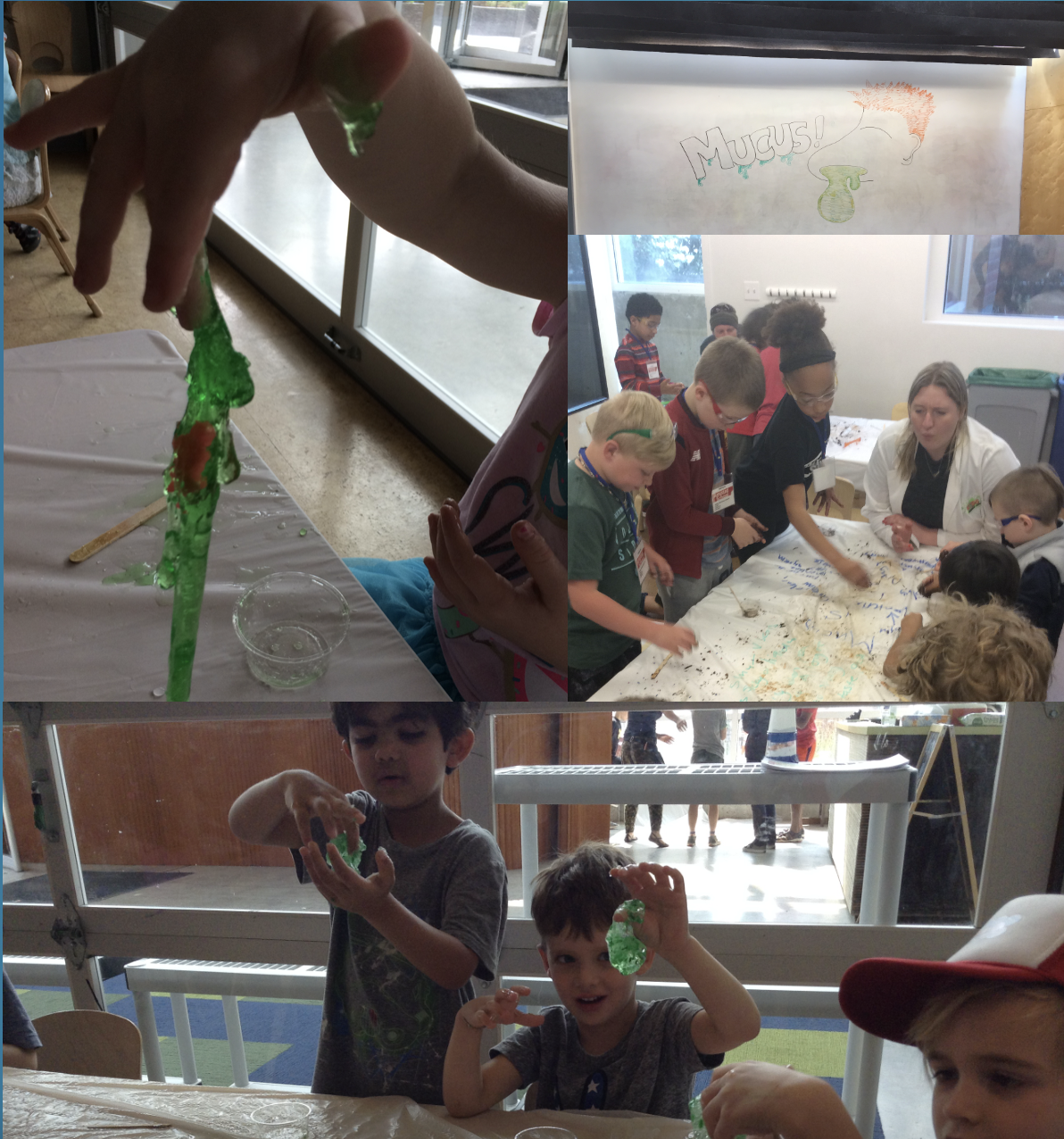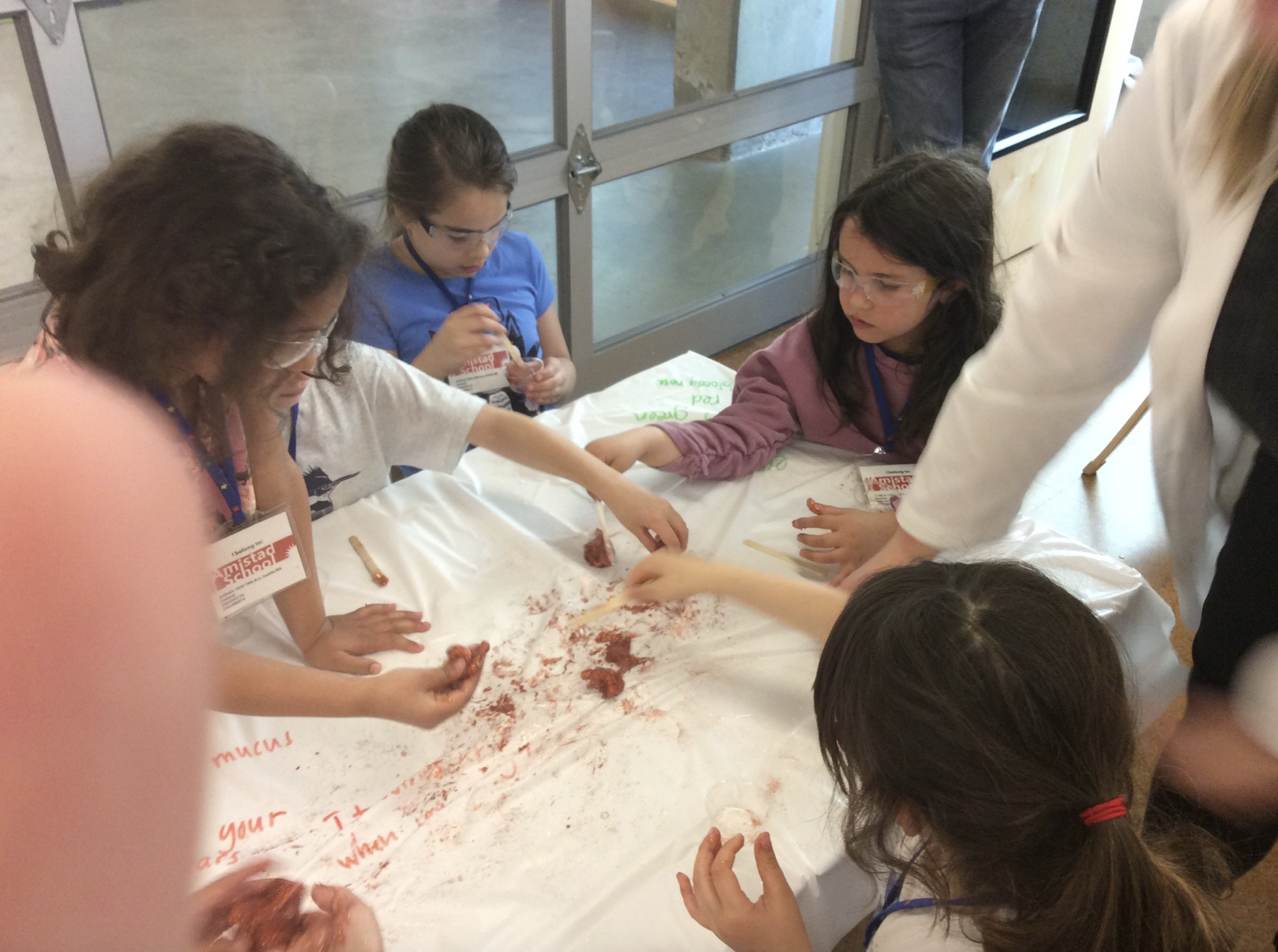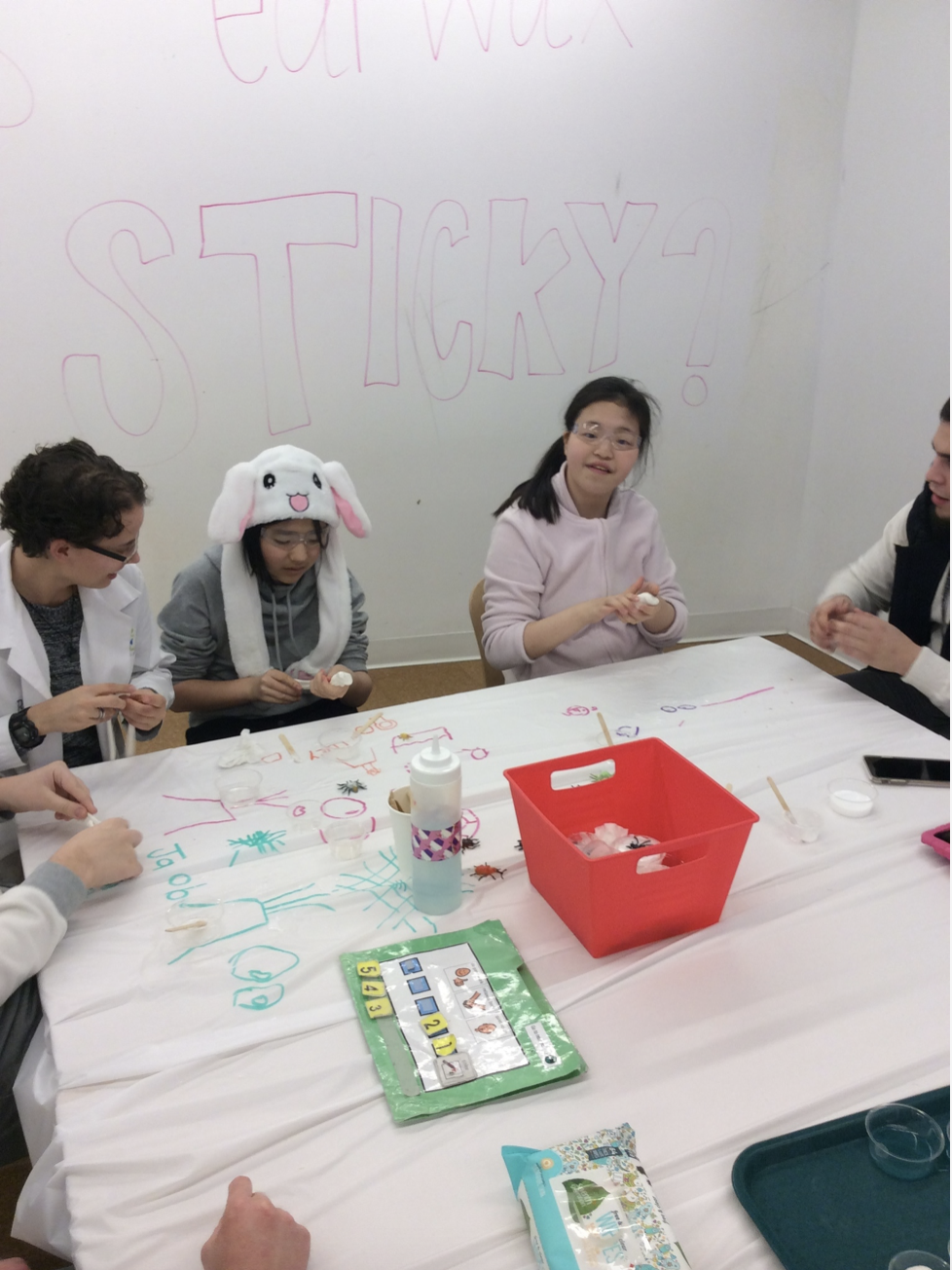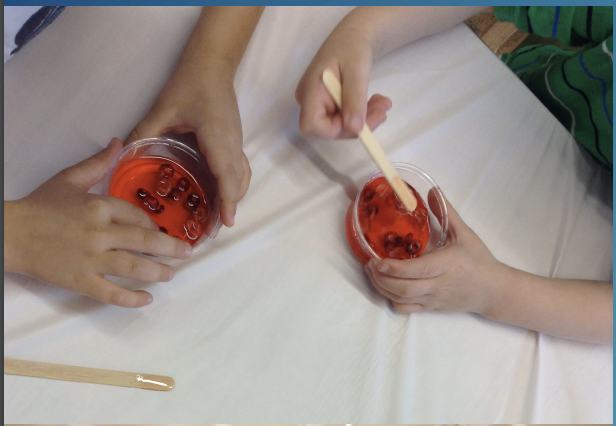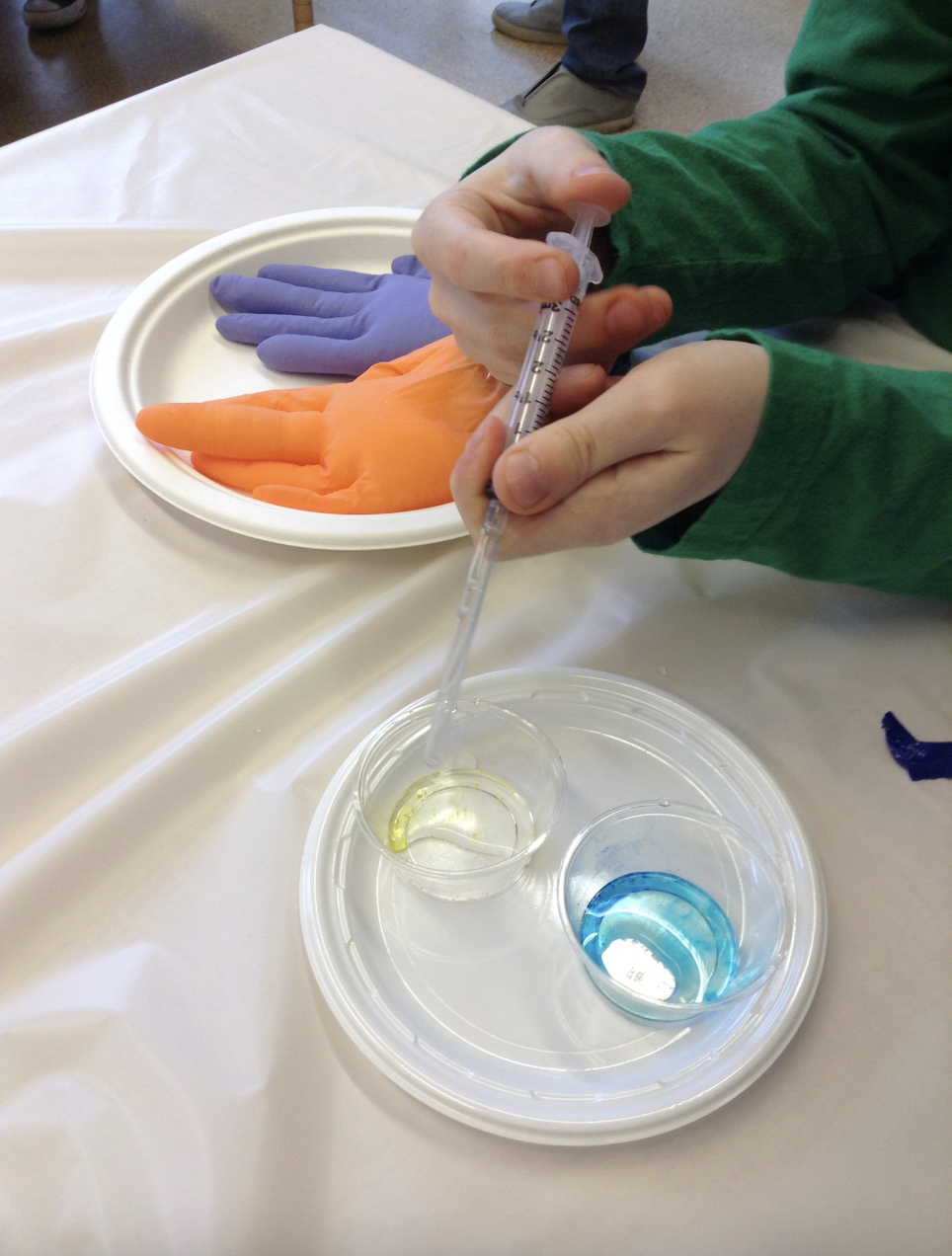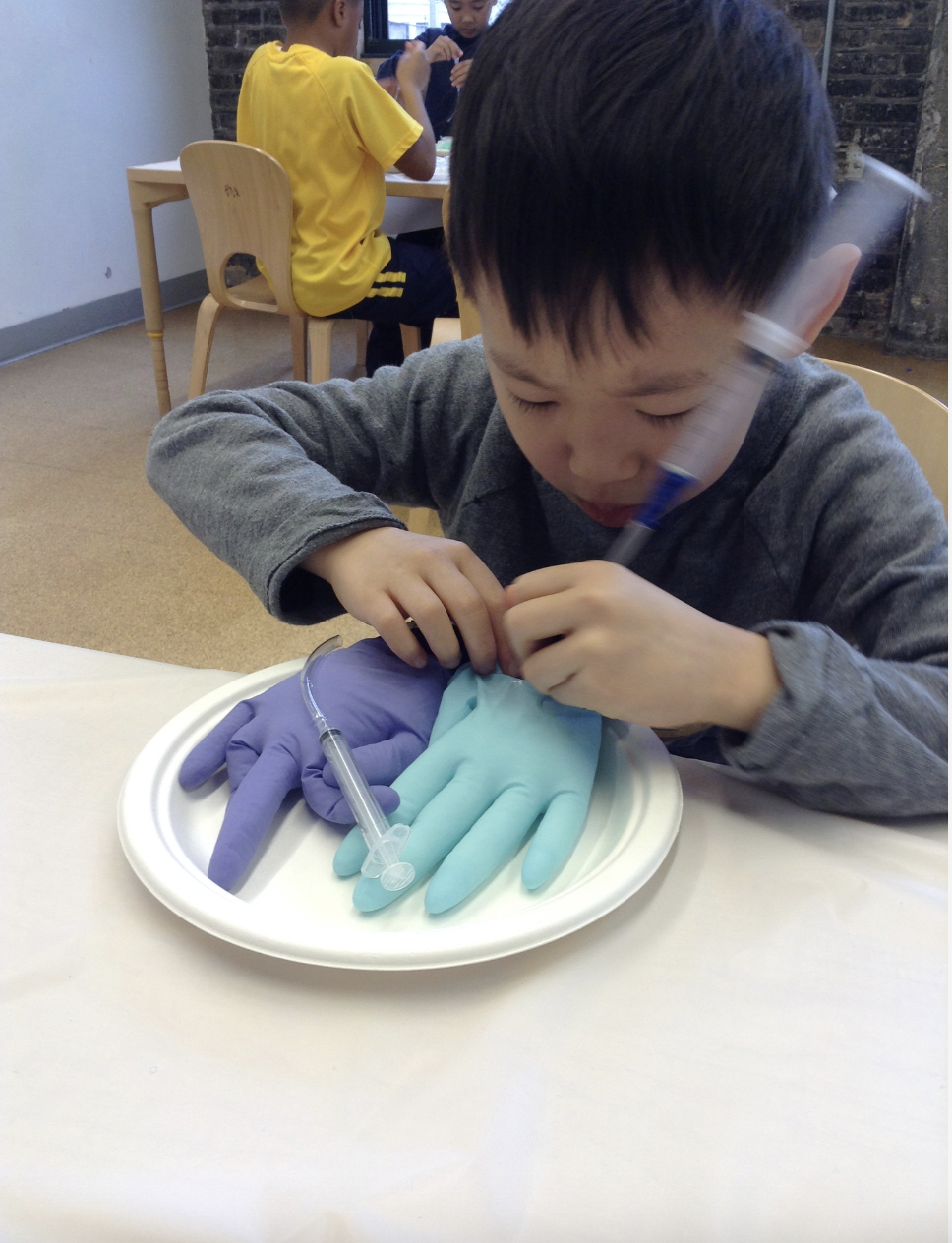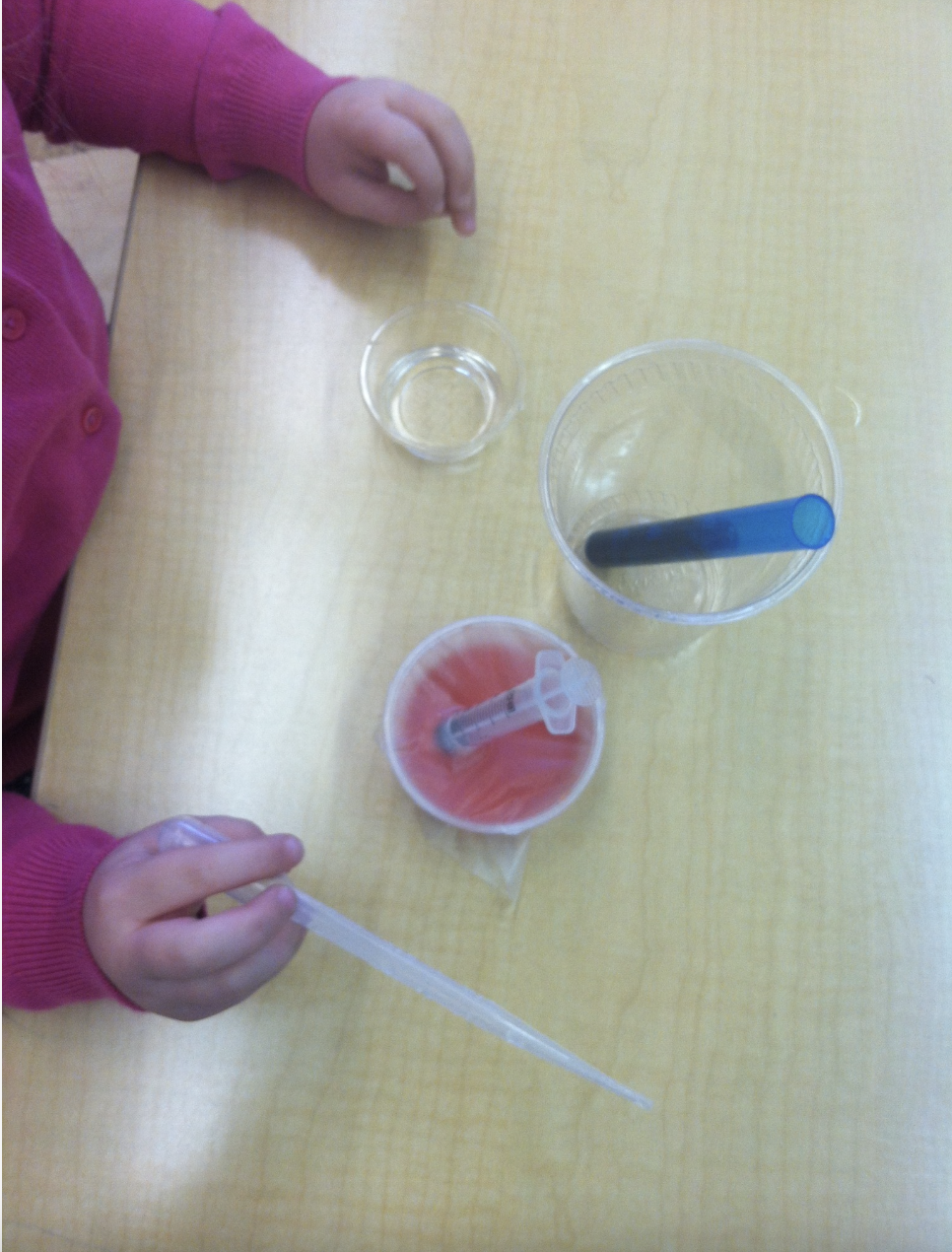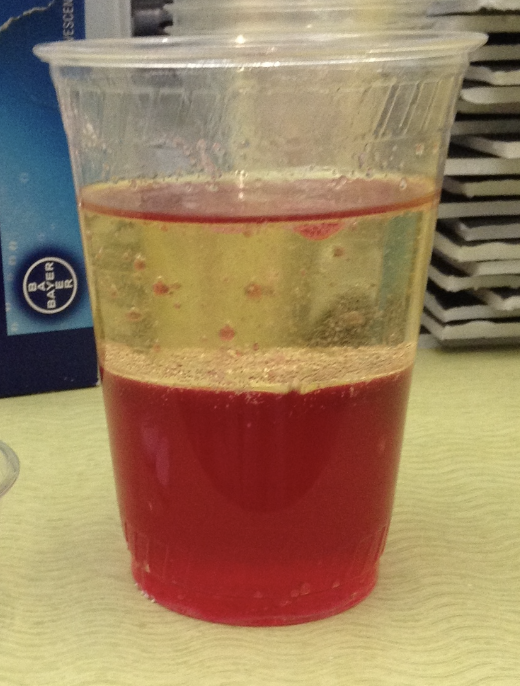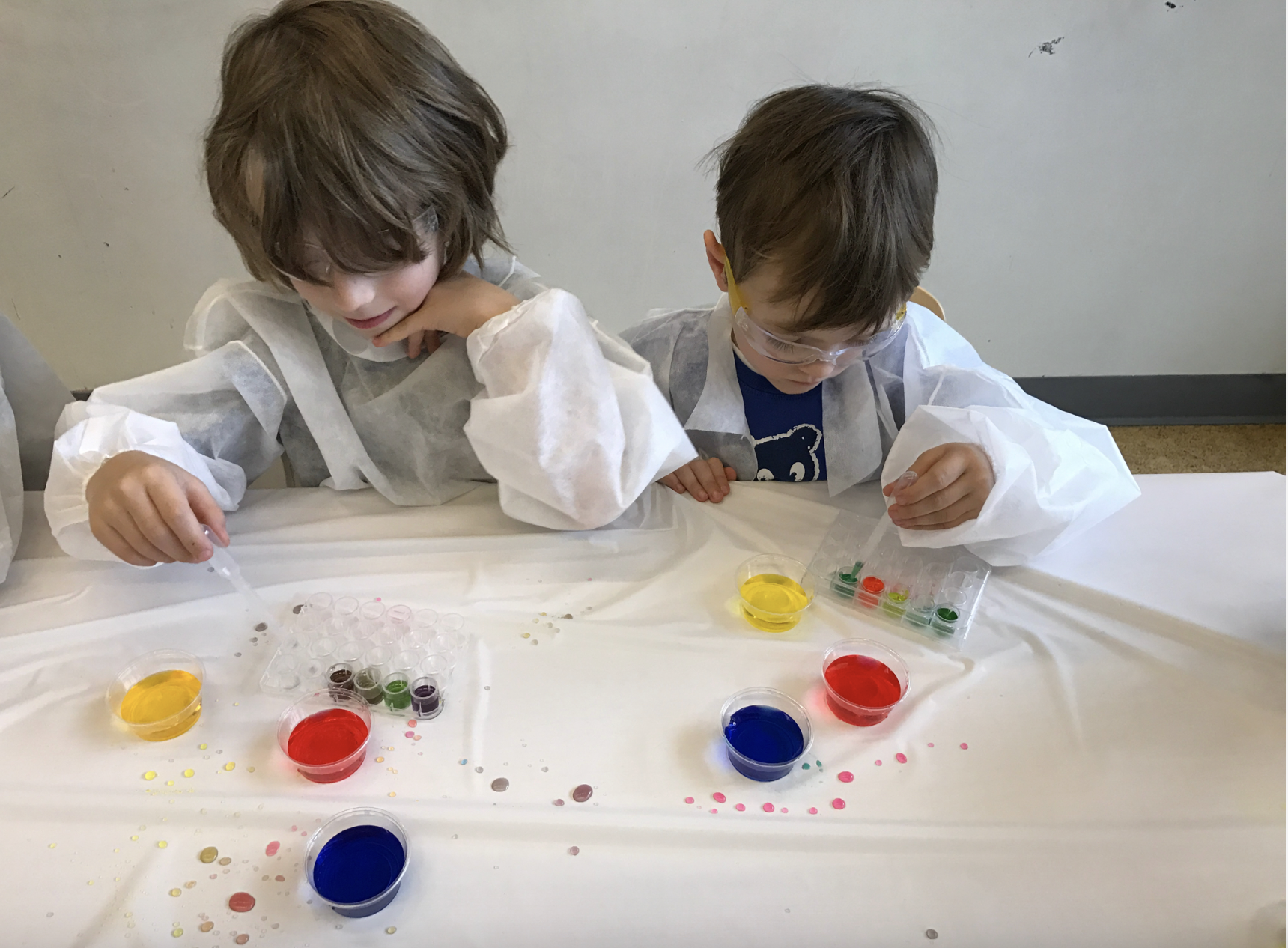Counterclockwise Motion - Curious Kids in our Chicago Summer Camps Want to know how it Affects the Wind
Now that we understand that wind is just the resulting motion of air from high pressure to low pressure, and that hurricanes spin clockwise or counterclockwise almost entirely based on their origin and the rotation of the earth (Coriolis Effect), we can begin to talk to our kids about environmental conditions. A Hurricane needs food to grow big and strong, and the food that hurricanes love the most are water, warmth, and strong differences in pressure. When the wind starts to move over water, it is called a Tropical Depression, which is basically strong enough to feel (up to 38mph), but doesn’t cause major damage most of the time. When the wind feeds on water that is evaporating, warmth, and pressure difference, the wind gets stronger and can build into a Tropical Storm (winds 39-73mph). A tropical storm causes damage, but it not nearly as bad as what happens next, which is a Tropical Hurricane (winds > 74mph).
How Does the Eye of a Hurricane Work? An Easy Science Experiment for Kids
A basic hurricane has a low pressure center (peaceful in the middle), with ridiculously strong winds immediately boring this low pressure EYE and winds that decrease in strength as you move further away from the eye of the hurricane. There are hundreds of tropical storms a year, and only some of them have the right mix of wind and pressure conditions that they develop into Hurricanes (Category 1 - Category 5). Hurricanes, Typhoons, and Cyclones are all the same thing, they just originate in different zones.
When discussing with kids, there is a basic experiments that can do to demonstrate their power at home. The first is to grab an empty two liter bottle and fill it with water. Put a tiny bit glitter or cinnamon (colorful spice) into the bottle and fill it up. Then, just turn it over and watch the water flow out, as you observe it, the glitter or cinnamon won’t do anything. Next, repeat the experiment, but as you turn the 2 liter upside down, give it a tiny circular spinning motion, which will start a vortex (higher speeds of motion) and the kids will see that the glitter is now moving violently in a circular motion and the water will pour it twice as fast. This helps kids see that circular motion effects an increase the rate of water being dumped and simulate the naturally occurring rotation effects on wind as the earth moves. If you happen to have small solid object that will fit into the water, it makes for a really interesting observation as the spinning vortex will whip that object around the 2 liter as the vortex pushes everything down!
Learning How Wind Works -And how its related to Hurricanes?
Ok, so wind is simply motion of air that is caused by differences in pressure, the earth spins to the right, hurricanes develop over time under the right conditions of warmth, water, and pressure, that are sustained, and if you know the hurricane develops in the south or the north, you can reasonably predict whether it will be spinning clockwise (destination Northern Hemisphere from Southern Hemisphere). That’s cool. So what is all this recent media business on whether Hurricanes are getting worse. Well, it turns out, that climate change suggests that our climate is getting warmer. The basic principle is that since the oceans are getting warmer, then the evaporative movement of water will be forming more storm clouds, which will experience higher pressure differences, which will create faster movement of wind, which will increase wind speeds with circulation motion, which will result in stronger hurricanes. :) A Category 5 Hurricane can raise water levels up to 20 feet, which is why there is so much flooding during a hurricane. Water is literally being pushed by the wind over long distances and it piles up onto the shore or in other instances leaves beaches with dry ocean beds.
We could talk about this topic forever, but we will start with some basic problem solving. We can’t really control mother nature, so Hurricanes and Storms will happen. However, if you look at how you theoretically stop them, there are three basic methods:
When speaking to kids, we can’t really talk about complexity, as they just are not that interested in that deep level of detail. The basic reason that Hurricanes Spin the way that they do, is that the earth is spinning to the right, and all hurricanes have wind that is being pushed to the right. It just matters whether the hurricane is traveling to the South or traveling to the North, that causes the hurricane to be Clockwise (Destination Northern Hemisphere) or CounterClockwise (Destination Southern Hemisphere). Some of your kids may want to know more, and if so, just bring them to Kids Science Labs because we do this stuff all day. We are the place to bring the curious child to be engaged and learn about how the world works!
